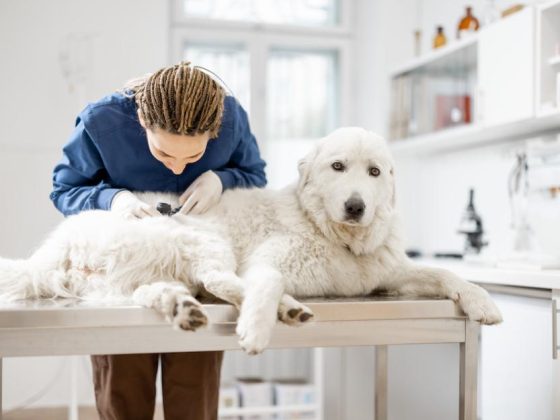Pugs often captivate people’s hearts with their unique body structure, size, wrinkled skin, and prominent eyes. However, these distinct features, largely the result of selective breeding, also predispose them to a range of health issues, making them significantly different from most dog breeds.
Veterinary professionals worldwide and institutions like the Royal Veterinary College have noted that pugs are prone to suffering from skin conditions, eye ailments, and respiratory issues.
The alteration of the pug’s natural evolution through excessive and selective breeding is the main factor leading to their health challenges. The pugs we see today are not representative of their historical counterparts; instead, they are the product of human-designed breeding programs.
Health issues such as brachycephalic obstructive airway syndrome and skin fold dermatitis are common in pugs due to their current physical structure.
In comparison to other breeds, pugs have a relatively short lifespan. They are susceptible to 23 out of 40 common health concerns found in dogs. Obesity and respiratory problems, such as snoring and snorting, are the most prevalent issues among pugs.
Therefore, it’s crucial that we shift our focus from the perceived cuteness and attractiveness of pugs to their health and wellbeing. Instead of buying them merely for their endearing looks, we need to prioritize their health.












